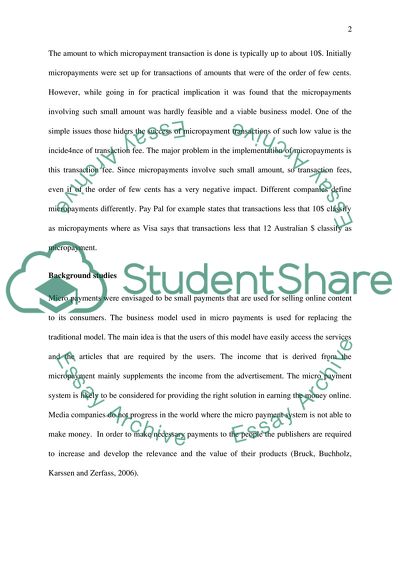Cite this document
(“Micropayments: challengesand trends Essay Example | Topics and Well Written Essays - 3000 words”, n.d.)
Micropayments: challengesand trends Essay Example | Topics and Well Written Essays - 3000 words. Retrieved from https://studentshare.org/e-commerce/1673518-micropaymentschallengesand-trends
Micropayments: challengesand trends Essay Example | Topics and Well Written Essays - 3000 words. Retrieved from https://studentshare.org/e-commerce/1673518-micropaymentschallengesand-trends
(Micropayments: Challengesand Trends Essay Example | Topics and Well Written Essays - 3000 Words)
Micropayments: Challengesand Trends Essay Example | Topics and Well Written Essays - 3000 Words. https://studentshare.org/e-commerce/1673518-micropaymentschallengesand-trends.
Micropayments: Challengesand Trends Essay Example | Topics and Well Written Essays - 3000 Words. https://studentshare.org/e-commerce/1673518-micropaymentschallengesand-trends.
“Micropayments: Challengesand Trends Essay Example | Topics and Well Written Essays - 3000 Words”, n.d. https://studentshare.org/e-commerce/1673518-micropaymentschallengesand-trends.


